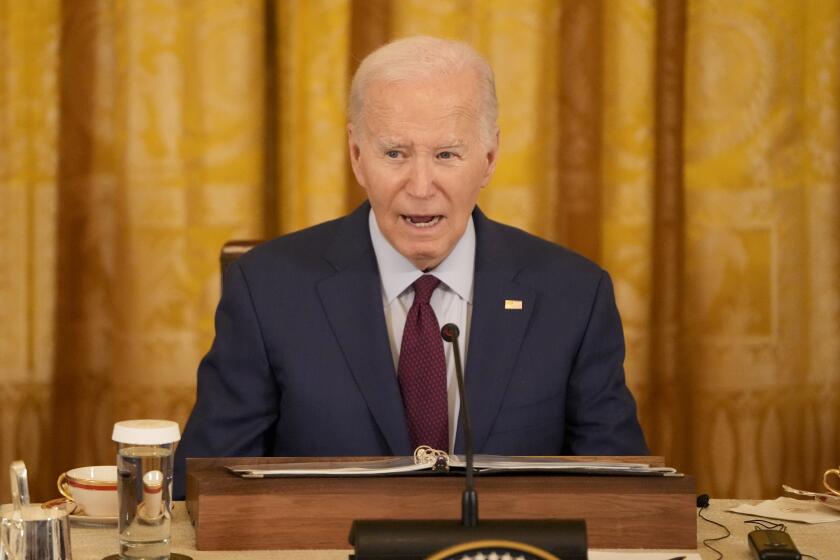Hold the applause
If it is to become a great institution and a model for others around the country, the new downtown arts high school should train the most talented students within its reach, based on fair auditions and portfolios of their work. That’s how it is at the Orange County High School of the Arts, a charter school in Santa Ana that was the training ground of “Glee” star Matthew Morrison. That’s how the Fiorello H. La Guardia High School, the successor to the arts school of “Fame” fame, operates in New York City. Yet school board politics have kept the same formula for success from applying at the showcase arts campus in downtown Los Angeles.
Times are hard enough for Central High School No. 9, which doesn’t even have a permanent name yet. Because of the district’s wrongheaded rush to open the $232-million campus in 2009, the school’s first year was rockier than it should have been. It struggled to gain accreditation, both of its top administrators were reassigned, and it hasn’t yet attracted hoped-for financial support from the entertainment industry. The district’s abysmal financial picture means that it cannot put the kinds of resources into the school that it had planned.
There were bad decisions all around, but the worst were policies pushed by school board President Monica Garcia that have kept the school from enrolling L.A.’s top arts students, who would draw attention and donations that in turn would help future students succeed. As Times staff writer Howard Blume recently reported, the school is required to accept 70% of its students from the immediate neighborhood, and none of its admissions are based on merit. Local students are picked by lottery; those from other neighborhoods in the district are enrolled on a first-come, first-served basis. The district doesn’t even let parents know about the program in its materials on school choices.
Students who get in will no doubt have a fine experience, but that’s not the same as building a great arts school. Garcia is right to demand that the long-underserved students from this impoverished neighborhood should have special access, but her formula is upside down. Thirty percent of the spots should go to students living nearby, and the rest to students from throughout the district. And all students should be selected by audition or portfolio review. Admission to a potentially unique school should not happen by chance or by which parents heard of it first.
School overcrowding in the central city is no longer a problem; the area has several beautiful new campuses. The school board should muster the common sense and political will to insist on a change in the enrollment formula and show that it can create an arts school that deserves nationwide applause.
More to Read
Start your day right
Sign up for Essential California for news, features and recommendations from the L.A. Times and beyond in your inbox six days a week.
You may occasionally receive promotional content from the Los Angeles Times.






